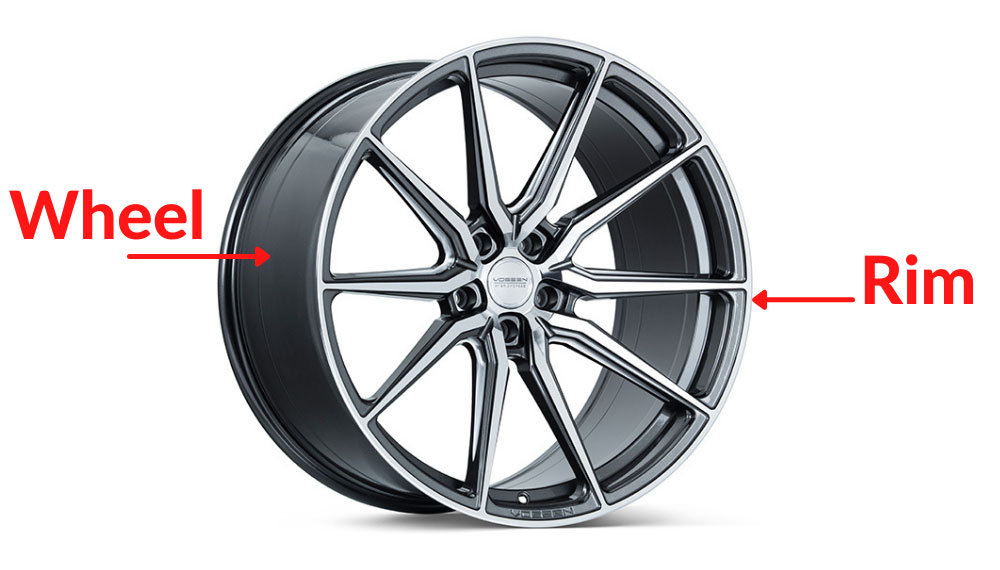
When we think of a car, it’s often the sleek body, powerful engine, or advanced technology that captures our attention. However, there’s an often-overlooked component that plays a significant role in both the aesthetics and functionality of a vehicle – the wheels and rims. These circular marvels are not merely circular pieces of metal; they embody a fusion of design, engineering, and performance. Let’s delve into the fascinating world of car wheels and rims, where style meets performance in the most literal sense.
The Anatomy of Car Wheels and Rims:
1. Wheel vs. Rim:
Before we proceed, it’s essential to understand the distinction between a wheel and a rim. The wheel is the entire component that includes the rim, spokes, and the hub, which connects to the axle. The rim, on the other hand, is the outer edge of the wheel that holds the tire. When people refer to upgrading their car’s rims, they usually mean changing the entire wheel.
2. Materials:
Wheels and rims come in various materials, each offering a unique blend of strength, weight, and aesthetics. Common materials include steel, alloy, and carbon fiber. Steel wheels are robust and economical, alloy wheels are lighter and enhance performance, while carbon fiber wheels are exceptionally lightweight and offer high strength.
Style and Aesthetics:
1. Design Options:
Car enthusiasts often invest in rims to enhance the visual appeal of their vehicles. Rims come in an array of designs, from classic spoke patterns to intricate, avant-garde designs. The design you choose can significantly influence the overall look of your car, reflecting your personality and taste.
2. Customization:
For those seeking a truly unique look, customization options abound. Custom finishes, colors, and even engraving are available, allowing car owners to create a personalized statement on their wheels.
Performance and Functionality:
1. Weight and Performance:
The weight of wheels and rims directly impacts a car’s performance. Lighter rims reduce unsprung weight, enhancing handling, acceleration, and braking. Alloy rims are favored for their lightweight properties, making them a popular choice among performance-oriented drivers.
2. Heat Dissipation:
Performance rims often feature designs that aid in heat dissipation. This is crucial for high-performance vehicles, as excessive heat can affect braking efficiency. Heat-dissipating rims ensure consistent performance, even under extreme driving conditions.
3. Aerodynamics:
Modern rims are crafted with aerodynamics in mind. A well-designed rim can reduce drag, enhancing fuel efficiency and stability at higher speeds. This not only improves performance but also contributes to a more comfortable and efficient driving experience.
Safety and Maintenance:
1. Tire Fitment:
Proper fitment of tires onto rims is essential for safety. Rims are designed to accommodate specific tire sizes, ensuring a snug and secure fit. Incorrect fitment can lead to uneven tire wear and compromised safety on the road.
2. Maintenance:
Regular maintenance of wheels and rims is vital for their longevity and performance. Proper cleaning, tire rotation, and balancing are necessary to ensure even wear and a smooth ride. Additionally, checking rims for cracks or bends is crucial to prevent accidents and maintain road safety.
Conclusion:
Car wheels and rims are not just functional components; they are a canvas for personal expression and a testament to engineering excellence. As technology advances, we can expect even more innovations in wheel and rim design, further enhancing the performance, safety, and aesthetics of our vehicles. So, the next time you admire a car’s sleek appearance or impressive performance, remember that the wheels and rims play a vital role in creating that captivating driving experience.


